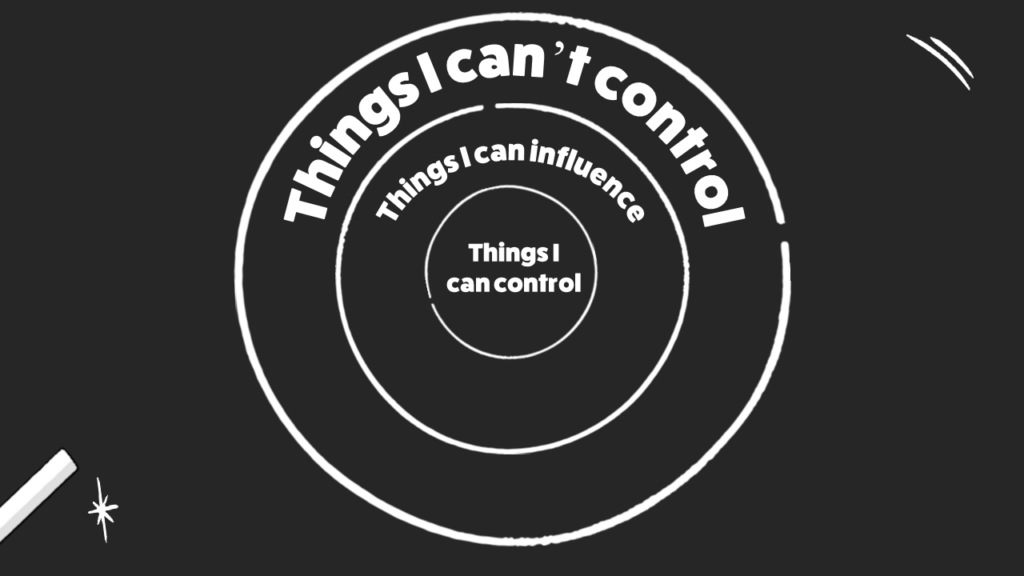Timetables, coursework deadlines, revision sessions. GCSE and A-Level season is officially here. And for many pupils, it’s not just academic pressure they’re carrying, but a heavy emotional load too. That’s where teachers and their approach to exam strategies can make all the difference.
A 2024 study by Save My Exams found that 85% of secondary students feel anxious about exams, yet 71% don’t talk to anyone about it. Childline also delivered nearly 2,000 counselling sessions last year linked to exam stress – an increase of 10% from the year before.
In a recent Association of School and College Leaders (ASCL) survey, over three-quarters of secondary teachers said they’d seen a rise in mental health concerns among Year 11s due to exam anxiety.
As an educator, your role is more than delivering subject knowledge. You’re a steady presence when things feel overwhelming. This 7-step guide shares practical, in-class strategies to support student wellbeing during exam season, while helping you stay balanced too.
1. Normalise Conversations About Exam Stress
Stress is contagious – but so is calm. Make space in your lessons for open, low-pressure discussions about exam nerves. Even asking a simple “How are we feeling about next week?” can help pupils feel seen.
A quick way to create an open dialogue with students is by starting each revision session with a two-minute check-in. Use anonymous post-it notes or online tools like Mentimeter to gauge how your class is feeling. Addressing common worries collectively gives permission for nerves to be normal, and can alleviate some of those all-consuming feelings of panic.
Students are more likely to engage when they feel comfortable and not pressured. Instead, letting students know you’re there for them is sometimes all it takes.
2. Shift Students’ Focus onto What They Can Control
When panic strikes, students often fixate on outcomes they can’t change, like which questions will appear or what the grade boundaries will be. Redirecting their focus to what is in their control can ease anxiety and build resilience.
One useful tool is the ‘circle of control,’ a simple diagram that helps pupils map what they can influence (revision habits, sleep, mindset) versus what they can’t (exam format, others’ performance). See the example below:

You might also introduce strategies like WOOP: Wish, Outcome, Obstacle, Plan. This can help students set achievable goals and prepare for challenges ahead. It encourages effort over perfection and supports healthier study habits.
According to Ofqual, helping students reframe nerves as signs of preparation, not panic, can boost their confidence and performance. So, use revision sessions to remind your class: they can’t control the questions, but they can control how they prepare, and that’s what counts.
3. Embed One Wellbeing Habit Per Week
In the lead-up to exams, expecting students to overhaul their routines overnight can cause a lot of overwhelm. Instead, introduce one manageable wellbeing focus each week to build sustainable habits:
- Week 1: Hydration – Encourage students to bring water bottles and aim for regular sips throughout the day. Studies show that even mild dehydration can impair concentration and short-term memory.
- Week 2: Sleep – Discuss the importance of consistent sleep schedules. Recent research indicates that even 15 minutes of additional sleep can enhance cognitive performance in adolescents.
- Week 3: Movement – Incorporate short physical activities, like stretching or brief walks, into the day. Physical activity has been linked to improved attention and cognitive function in students.
- Week 4: Nutrition – Promote balanced snacks, such as fruits or whole grains, to maintain energy levels and support focus during study sessions.
Visual trackers, calendars, or quick classroom discussions can help to reinforce these habits whilst providing low-stakes check-ins with pupils. By habit stacking these small changes onto existing routines, students can develop healthier behaviours that support their academic performance.
4. Help Students Structure Their Time with Intention
Revision timetables only work if they’re realistic. Guide students to time-block their week using a blank planner, prioritising tricky topics, theming days (e.g. Monday = Maths), and scheduling breaks before they start revising.
Encourage no more than two hours of intense revision at a time, with 10-minute breaks every hour to boost focus and retention. Remind them to block in downtime too – rest, hobbies, and sleep are vital, not optional.
Introducing simple routines like these reduces decision fatigue and gives students a greater sense of control, especially during the unpredictable lead-up to exams. A visual tracker or sticker chart can add motivation and reinforce consistency over cramming.
5. Use Active Revision Methods That Stick
If students are still relying on re-reading notes and wondering why nothing’s sinking in, it’s time to refresh your revision toolkit. Active methods that do something with the information help embed learning more effectively, and boost confidence along the way.
Try these creative techniques:
- Post-it Parade: Students write key facts or quotes on post-it notes, then arrange them into categories or timelines around the classroom. It builds recall and helps visual learners see connections.
- One-Minute Masterclass: Challenge pupils to teach a concept in just one minute using only a whiteboard and marker. Peer explanation enhances memory and reveals knowledge gaps.
- Acronym Showdown: Get groups to invent acronyms or mnemonics for tricky content, then vote on the best. It’s fun, fast, and sticks!
- ‘What’s the Question?’: Flip retrieval by giving students the answer and challenging them to write the original exam-style question.

6. Integrate Micro-Mindfulness into the School Day
With 77% of secondary teachers reporting a rise in exam-related mental health issues among Year 11 students, incorporating brief mindfulness practices can help students manage stress. Introduce short activities – such as guided breathing exercises or silent reflection periods – at the start or end of lessons.
These micro-mindfulness moments can enhance focus and provide students with tools to regulate their emotions during high-pressure periods.
For teachers looking to embed wellbeing into their practice, our low-cost, high-impact CPD resources are available through Milk Academy, designed to support both student and staff mental health with practical tools that fit the rhythm of a busy classroom.
7. Foster a Culture of Self-Compassion
The pressure to achieve top grades can lead students to equate their self-worth with academic performance. Encourage a classroom culture that values effort and growth over perfection. Introduce activities where students set personal learning goals and reflect on their progress, emphasising the importance of resilience and self-compassion.
By normalising the learning process, including making mistakes and experiencing setbacks, educators can help students build a healthier relationship with academic challenges.
How to Support GCSE Students with Wellbeing-First Revision Strategies
GCSE season can feel intense for both students and staff. But with small, intentional changes to how we approach revision and mental health, we can help pupils feel more prepared, more confident, and less overwhelmed.
We’d love to hear how you’re supporting your students through this period. What’s working in your classroom? What wellbeing tips would you add?
Join the conversation over on our LinkedIn page, and let’s keep sharing ideas that put yours and your students’ wellbeing first.

